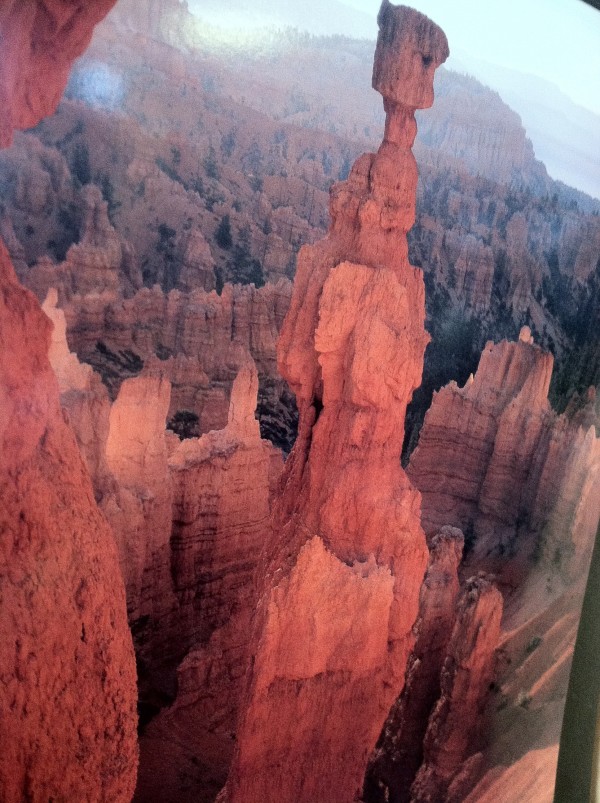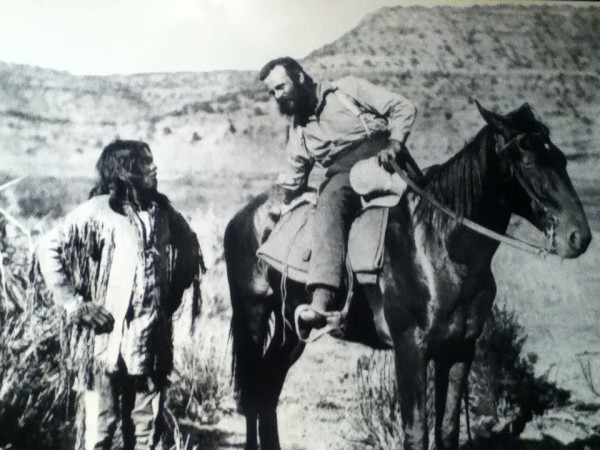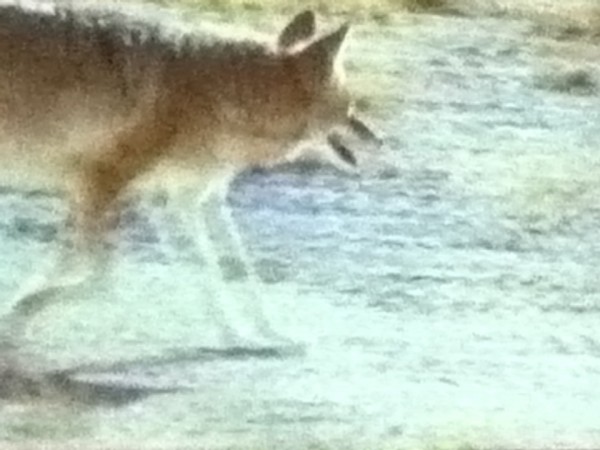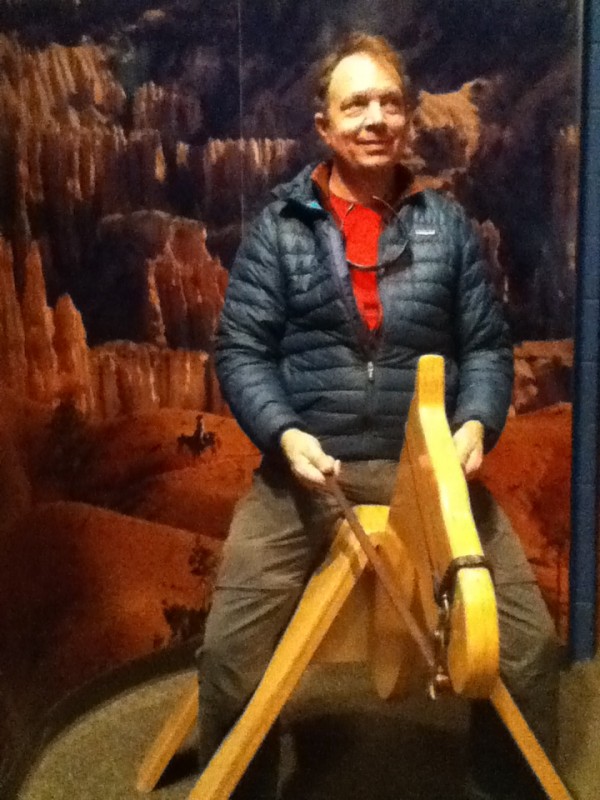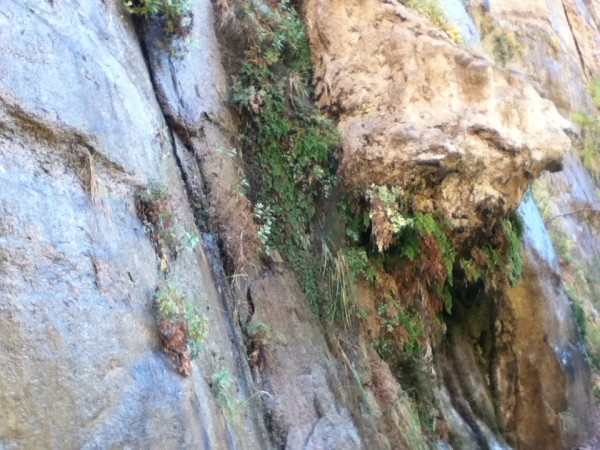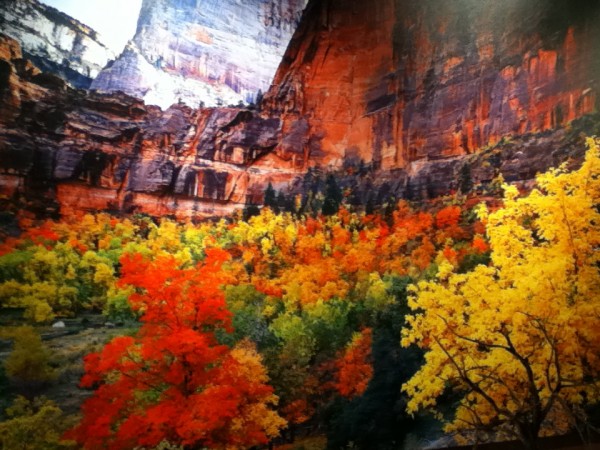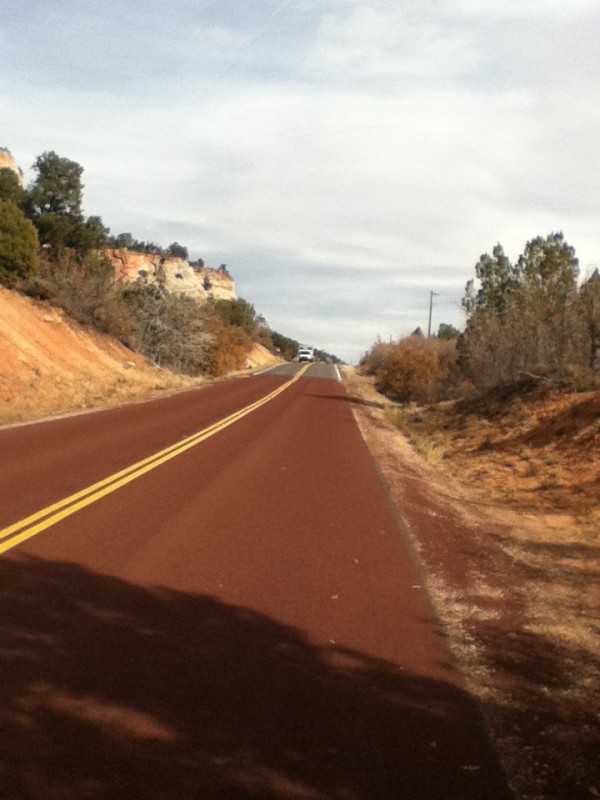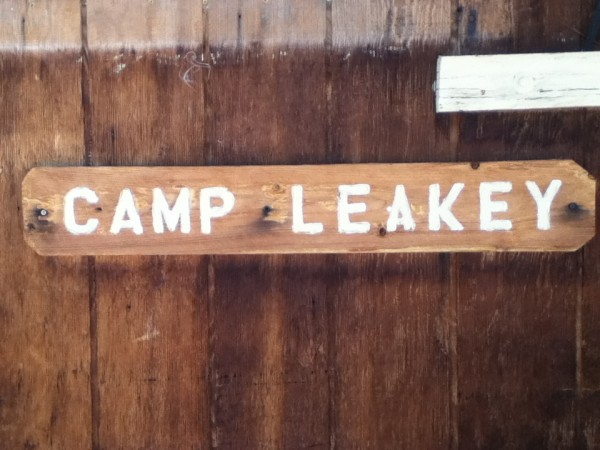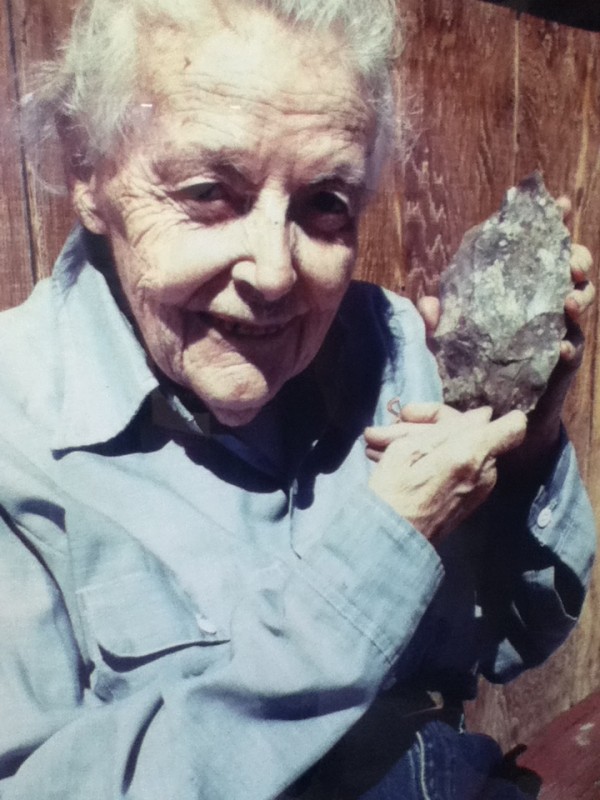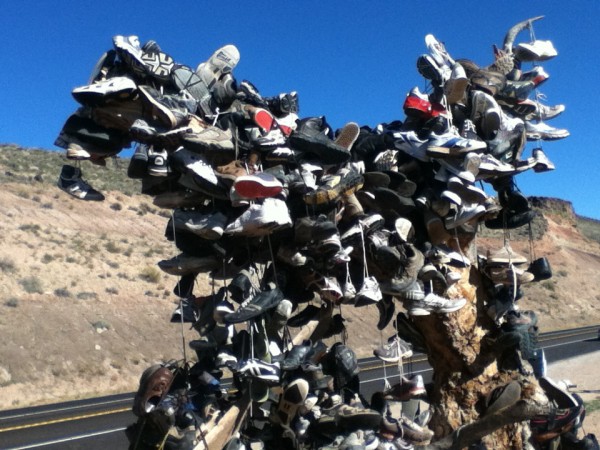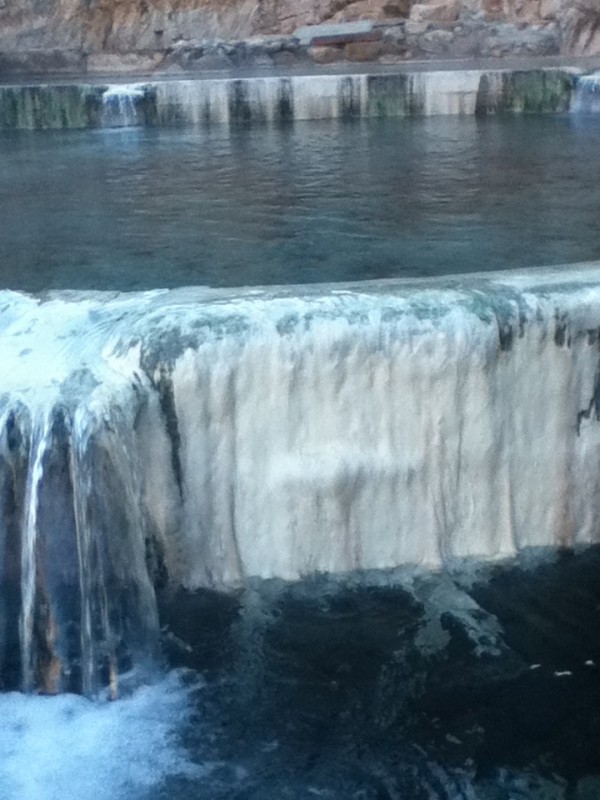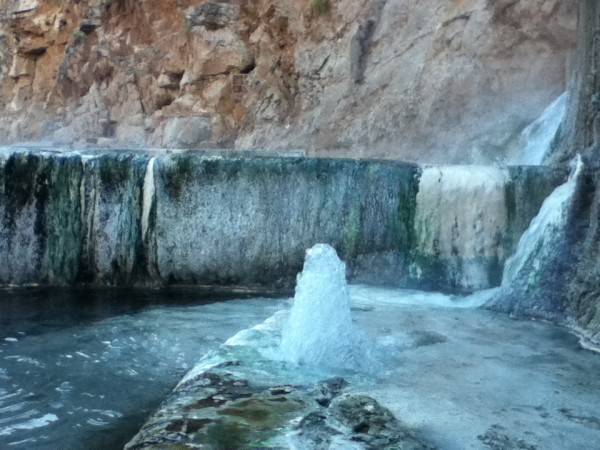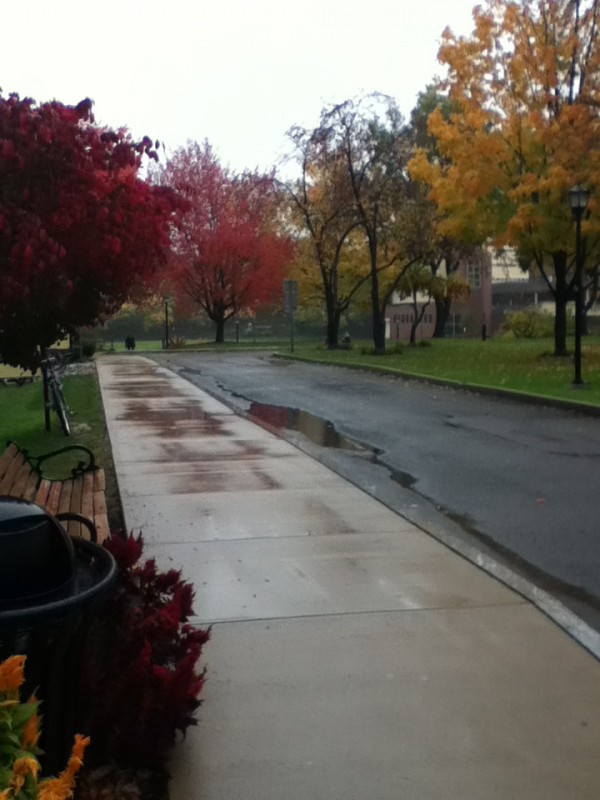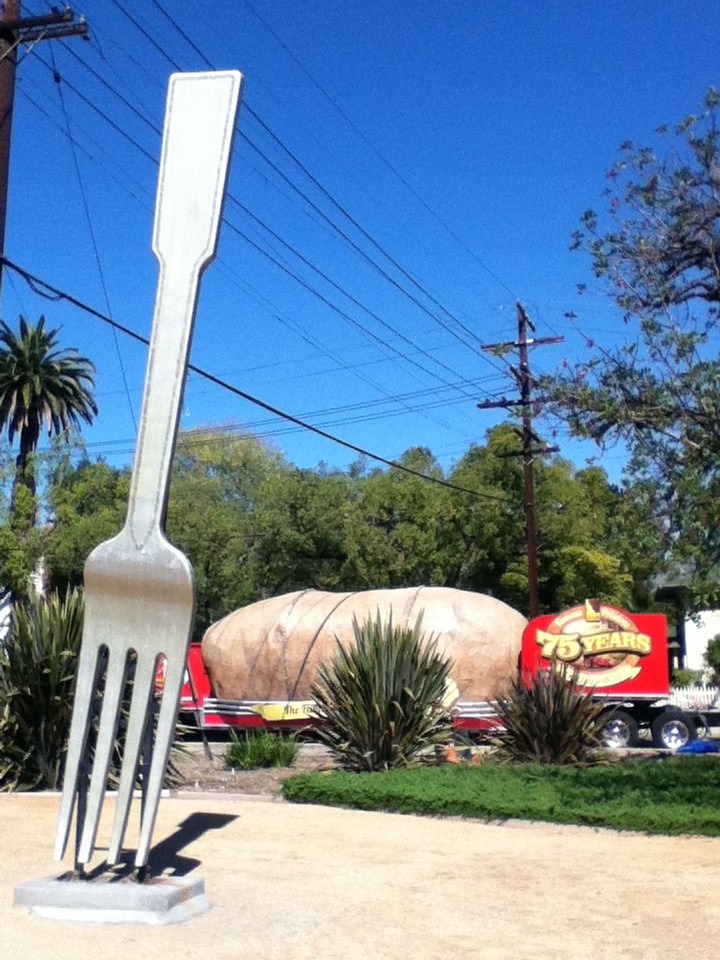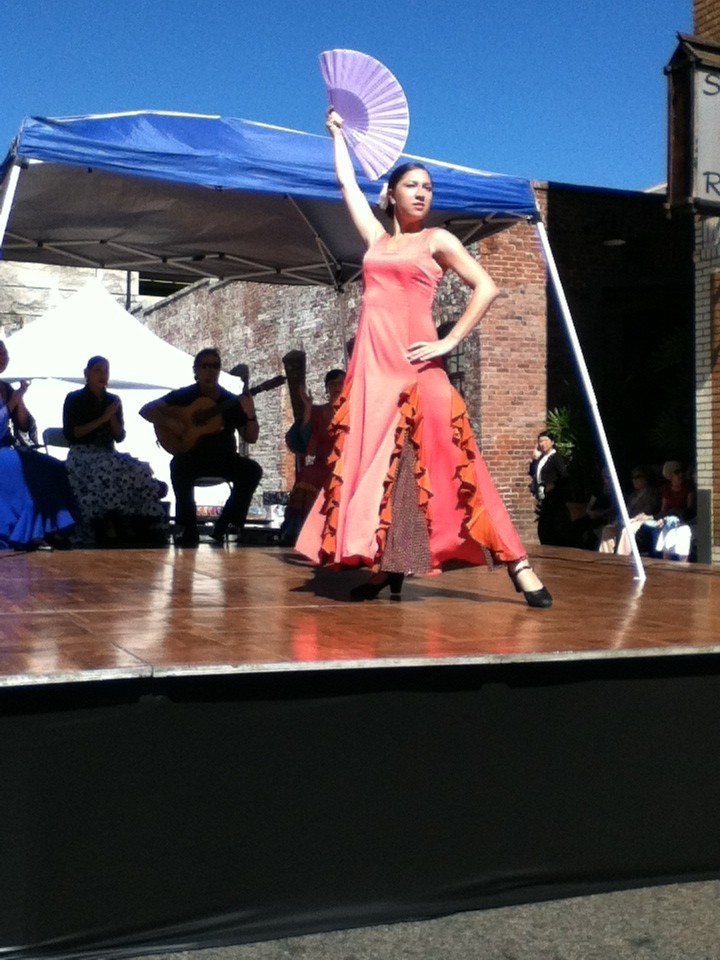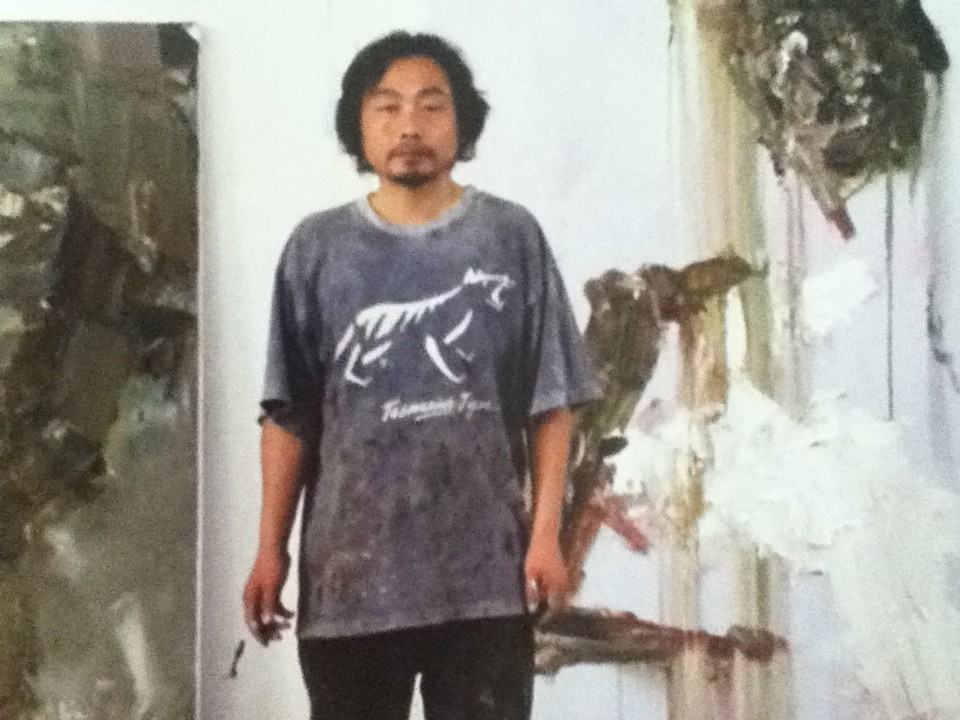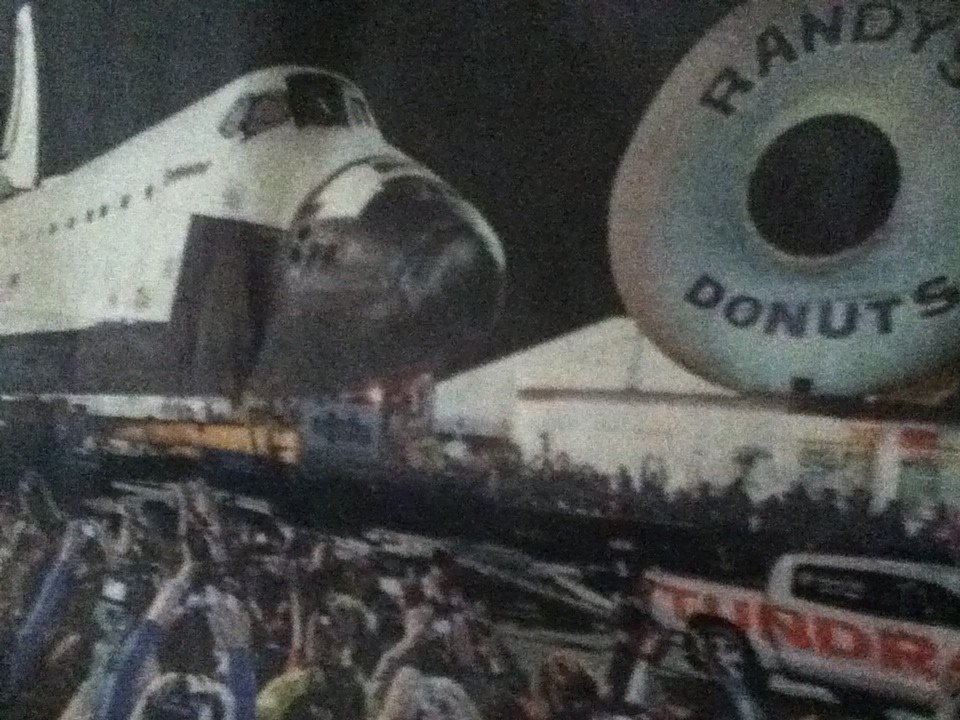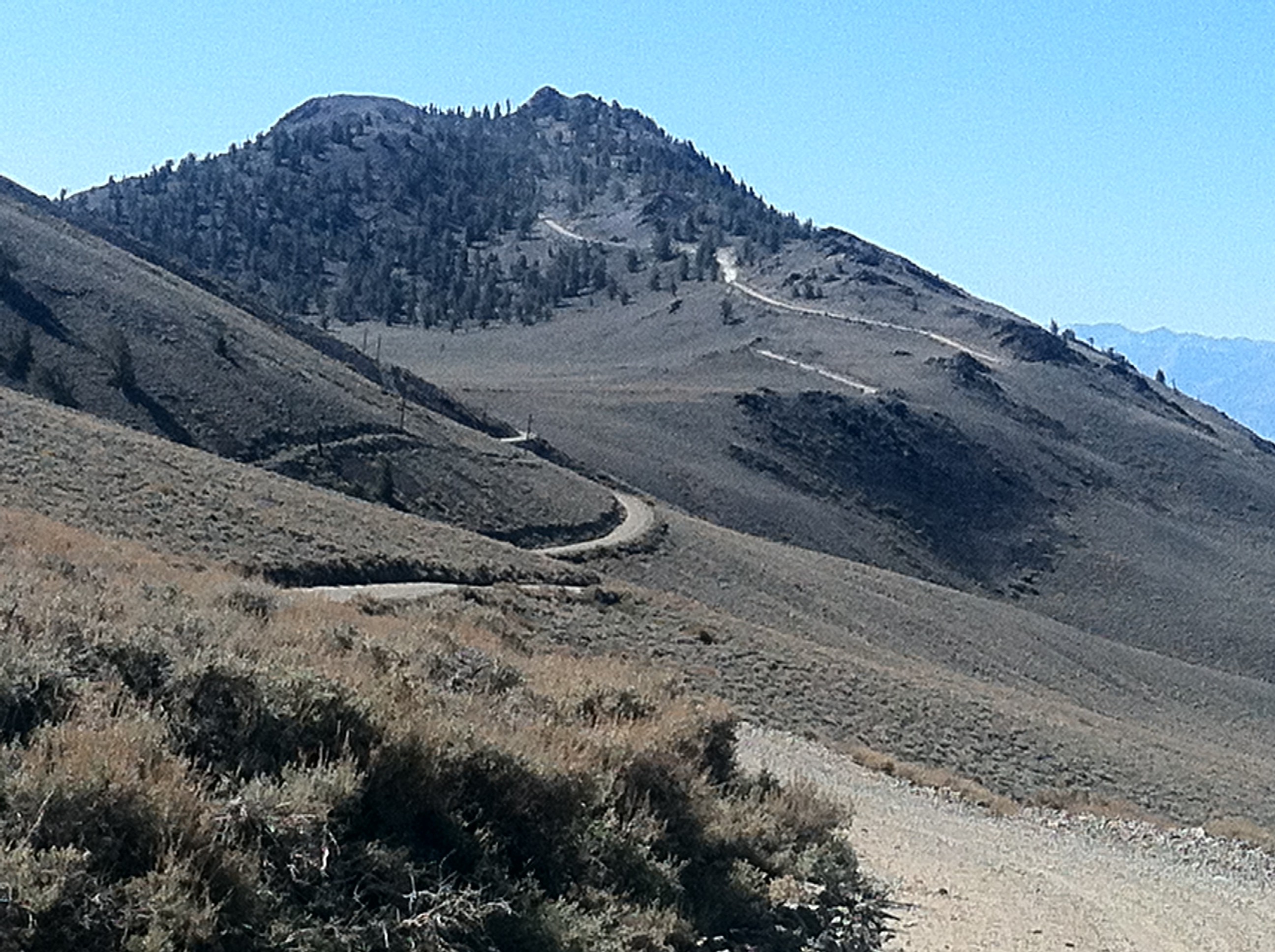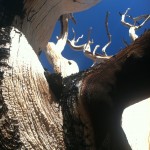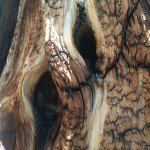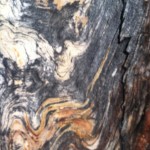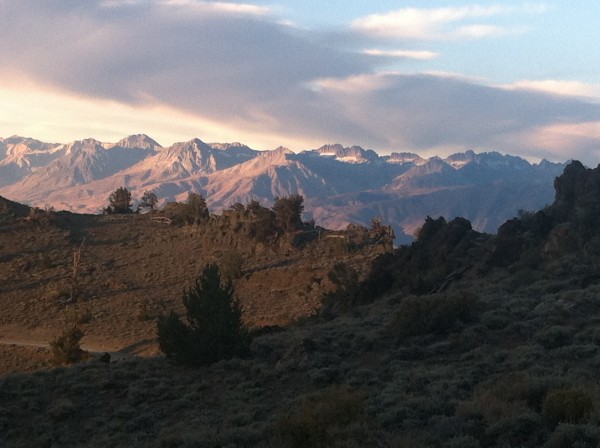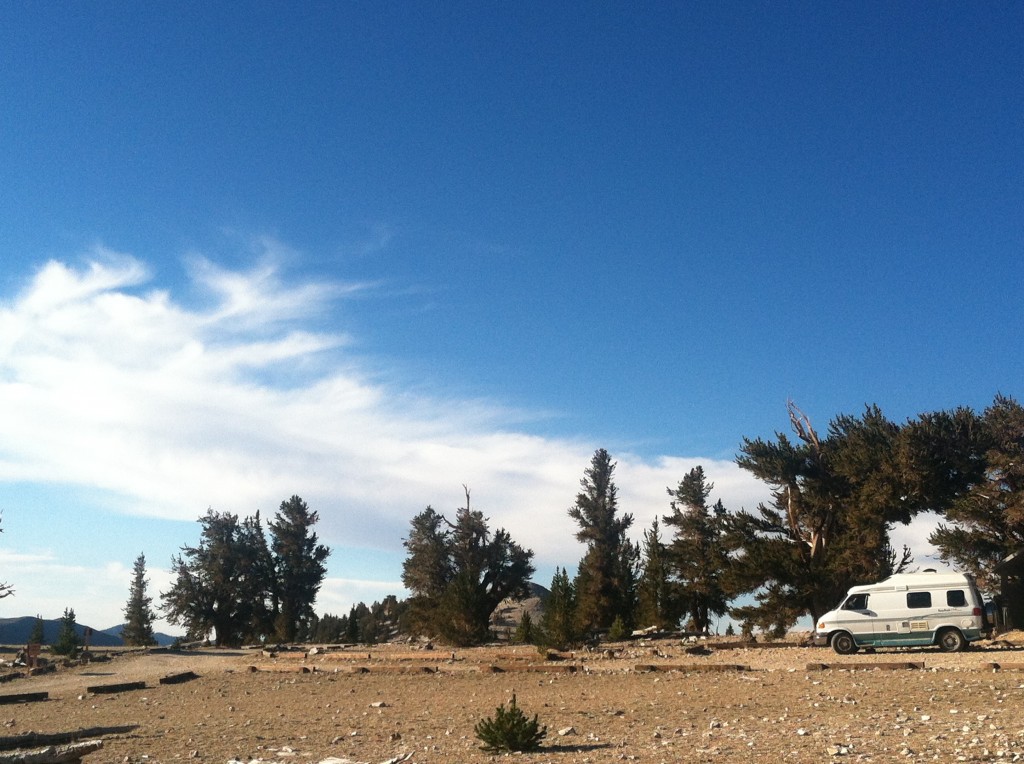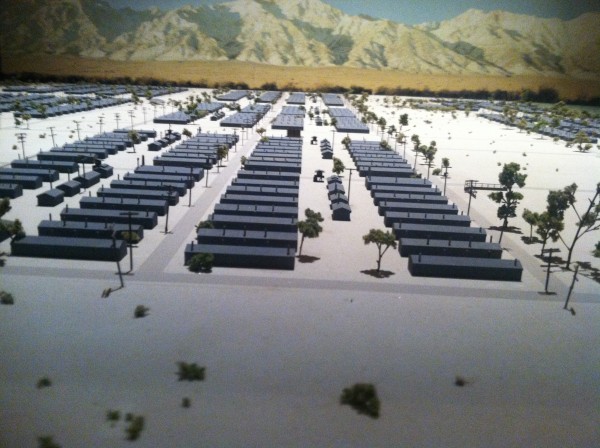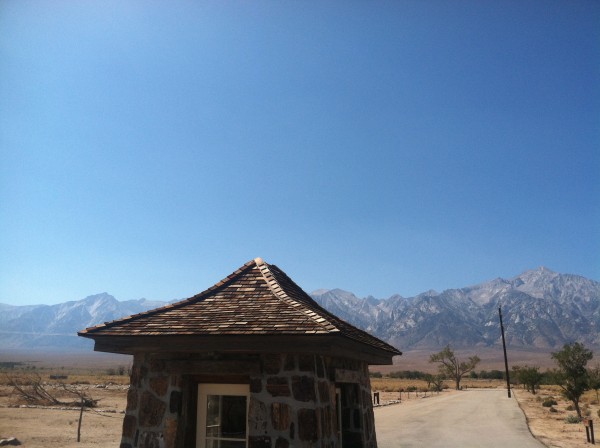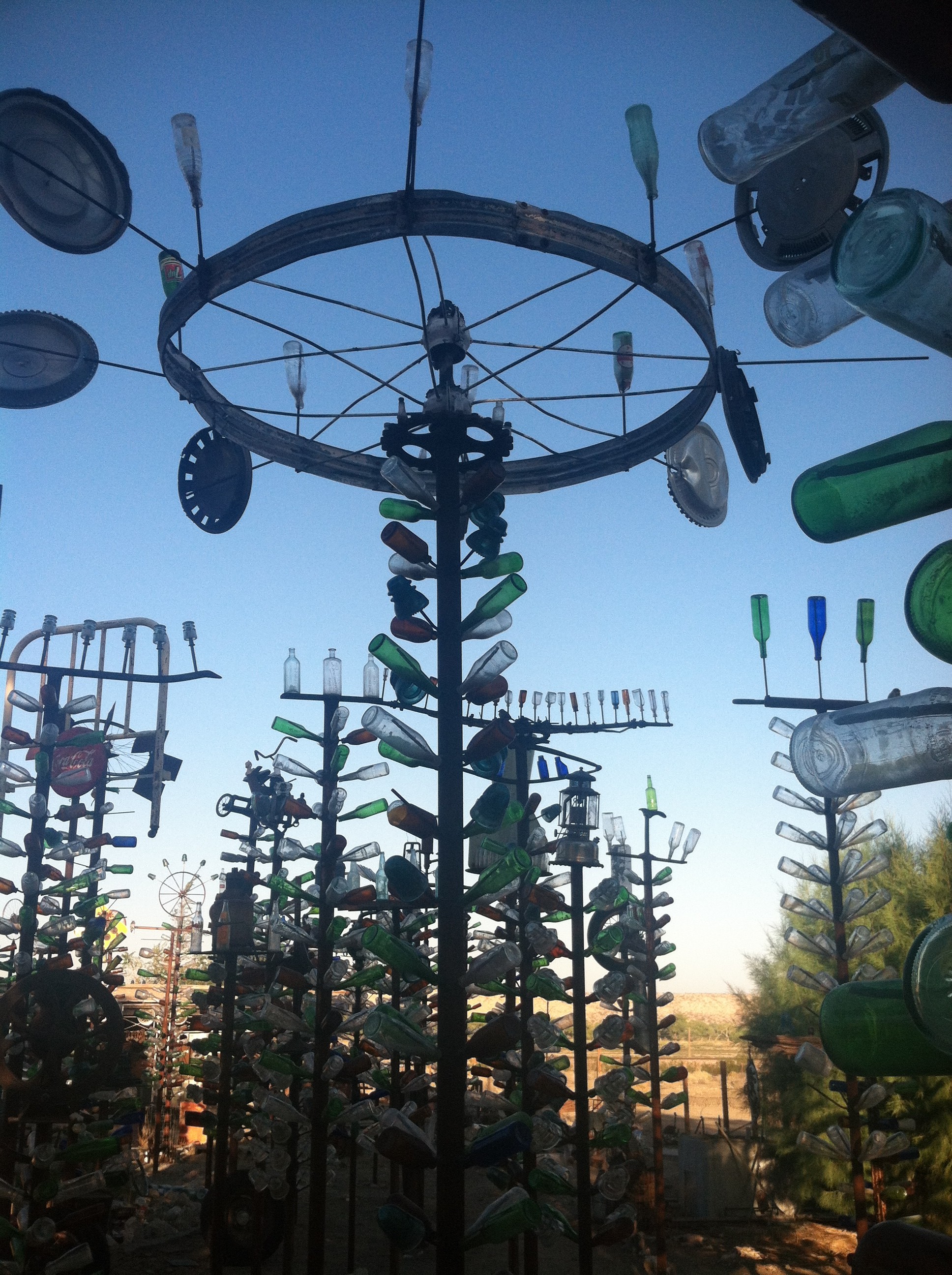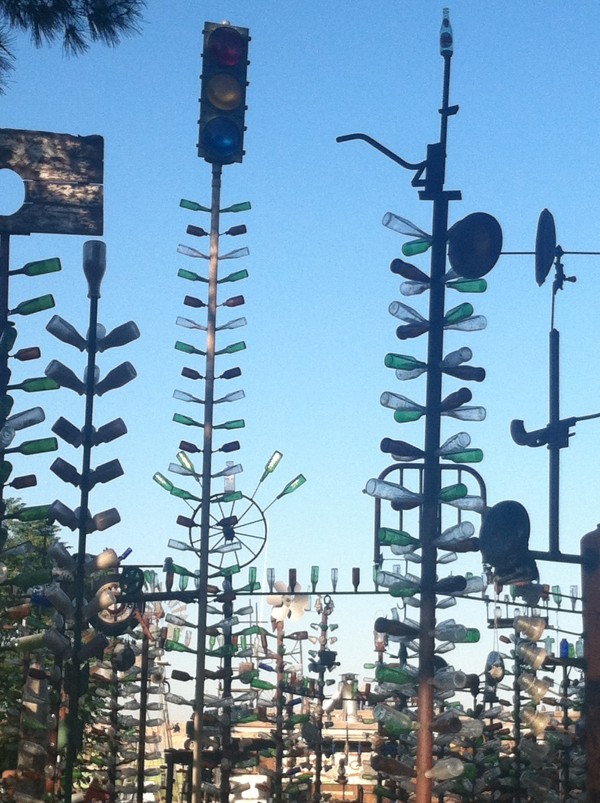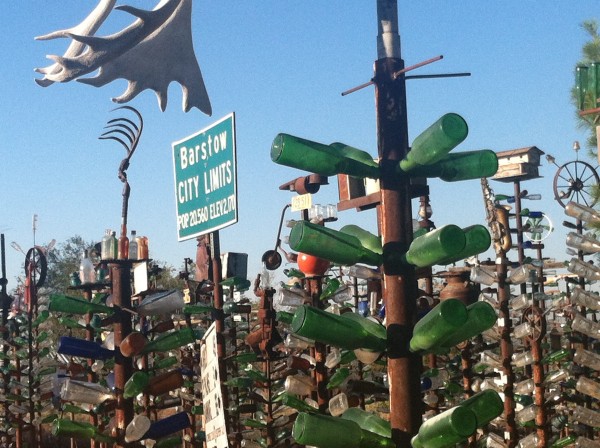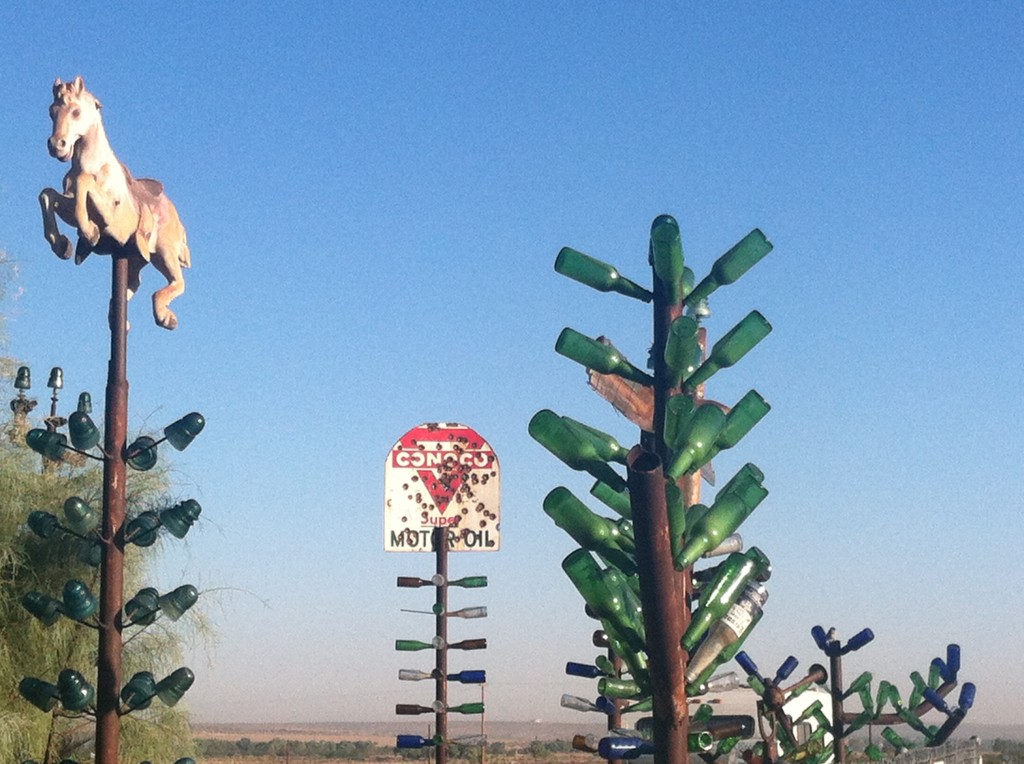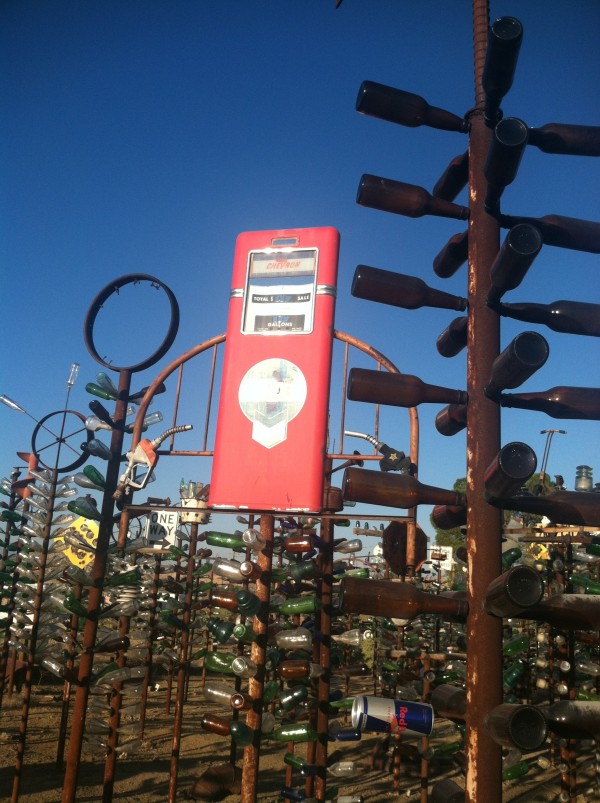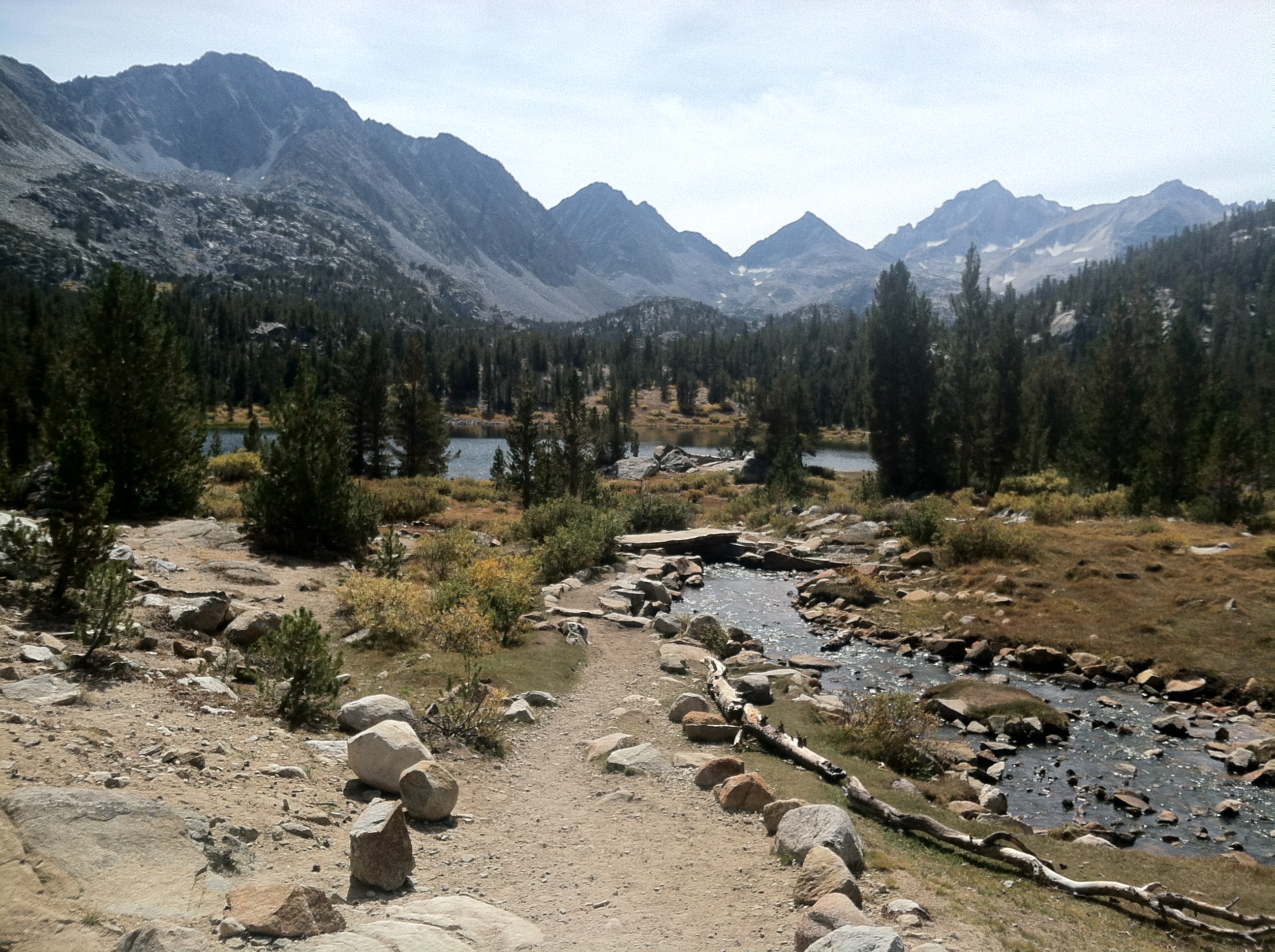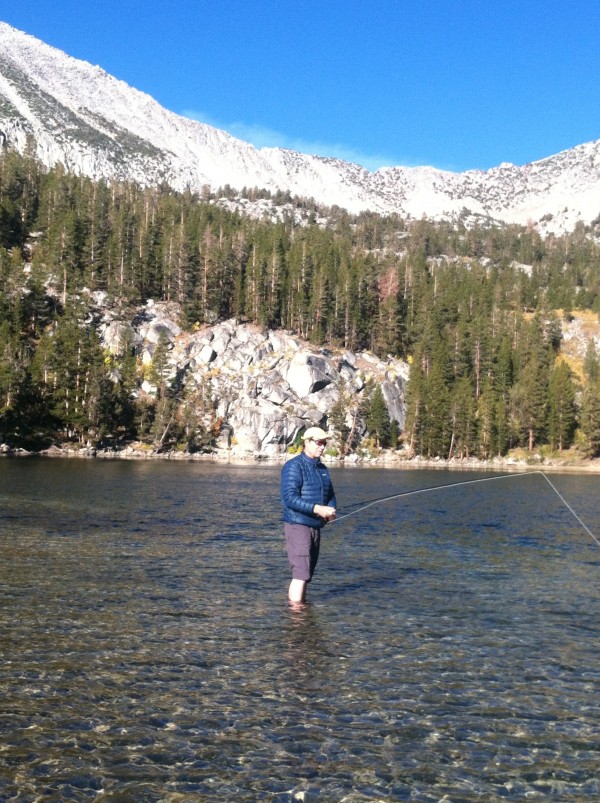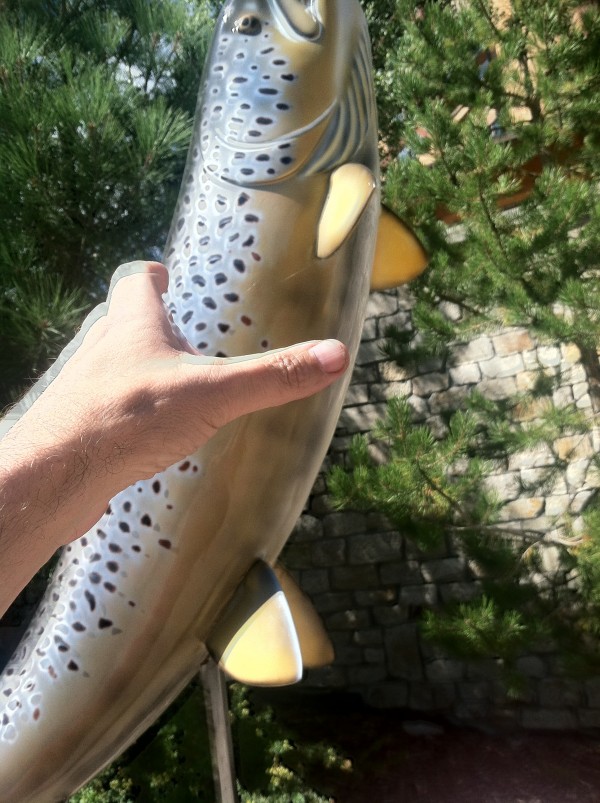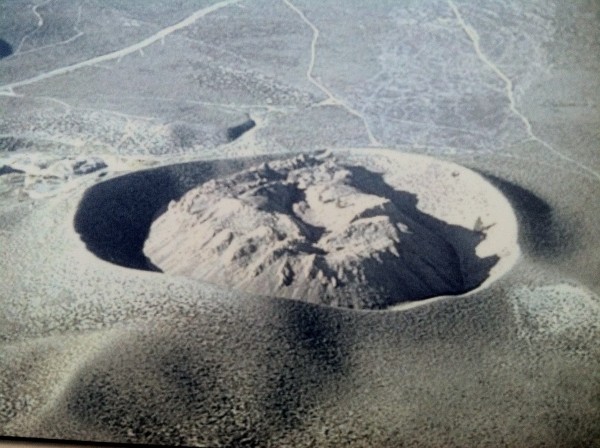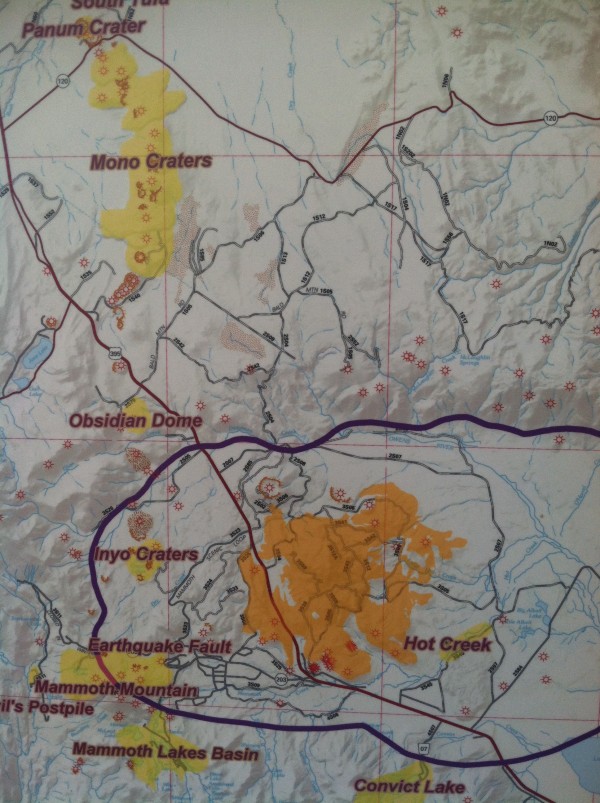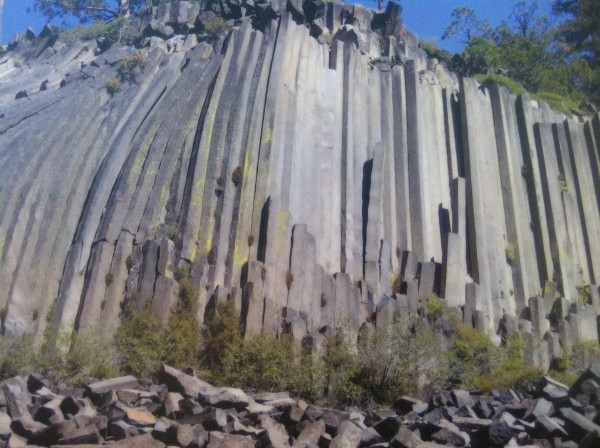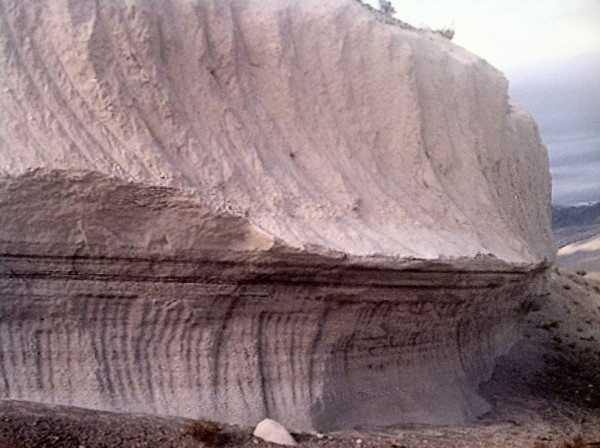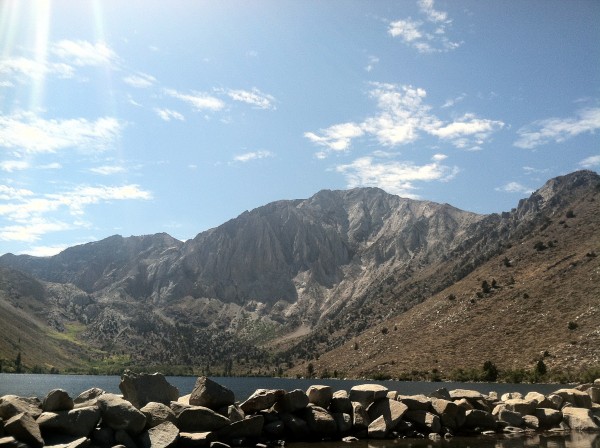The hoodoos are formed when the “fins” or long ridges descending from the rim are subjected to erosion. Their red color is the result of the chemical iron oxide and water. Although very dry with only two streams in the park, small basins of water allow douglas fir to survive. The Claron Formation, providing the pink color, formed at the end of the Cretaceous Period, is exposed at Bryce. As the Colorado Plateau steps down, it exposes different formations with distinctive colors as the Plateau drops down toward the Colorado River.
John Wesley Powell led expeditions to map and name the dominant features in this area beginning in 1869, when he began a 3 month trip down the Green and Colorado Rivers and into the Grand Canyon. One of the boats, which held the barometers used for determining altitude was wrecked in the rapids below the Gates of Lador. He had to do a hazardous climb to rescue even one of the barometers. A wonderful book by Buzz Belknap follows the Powell Expedition on the Green River, rapid by rapid, based on Powell’s notes. Many years ago, I ran rivers, including the Green and the Grand Canyon. Powell’s accounts of the Marble and Lava rapids give you an idea of how dangerous 16 foot standing waves can be to a little boat. I recall the chills I felt as we we read his account within earshot of the rapids at the Gates of Lador the night before we ran it. He was a brave explorer and an exciting narrator:
“June 18, [Bradley and I] climb…until we have ascended 600-800 feet, when we are met by a sheer precipice…; Bradley hands the barometer to me,..I gain a foothold in a little crevice, and…I find I can get up no farther and cannot step back…I dare not let go with my hand…I call to Bradley for help. He…cannot reach me. The moment is critical…my muscles begin to tremble. At this moment it occurs to Bradley to take off his drawers…and swing them down to me. I hug close to the rock, let go with my hand, seize the dangling legs, and with his assistance am enabled to reach the top.”
He spent four years with the local Indians, recording their languages and way of life. They referred to him as, “Ka-puh-rats”, meaning, “Arm-off”. Powell lost his right arm in the civil war.
8300 foot elevation makes for high desert conditions(29 degrees at night, warm during the day) and animals including mountain lions, desert turtles, a prairie dog unique to this area, and of course the wily coyote. With Steven’s ankle still healing, we had hoped to trail ride below the rim to be among the hoodoos, but many park services have already closed for the winter, so this was the only horse we could arrange this late in the season.


